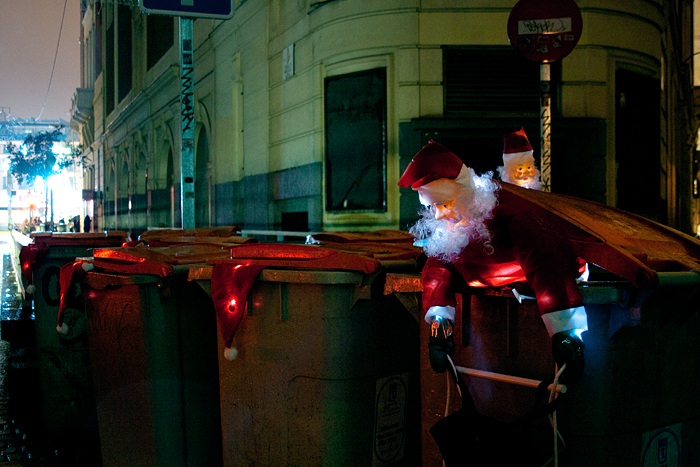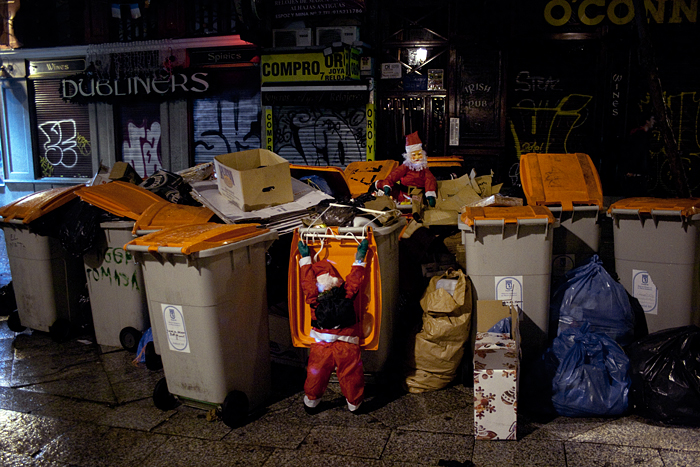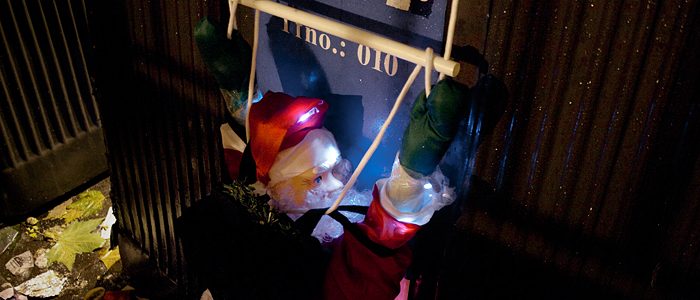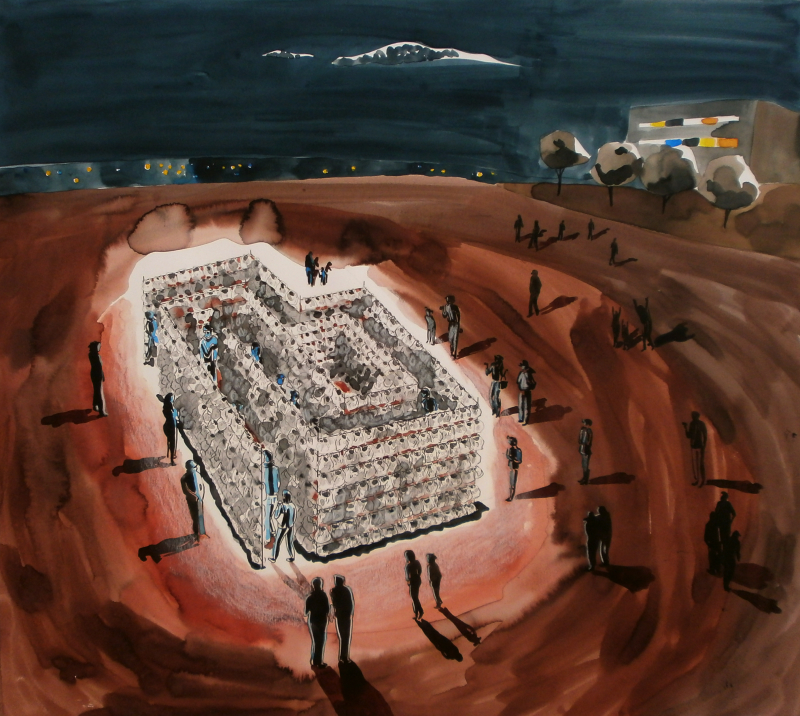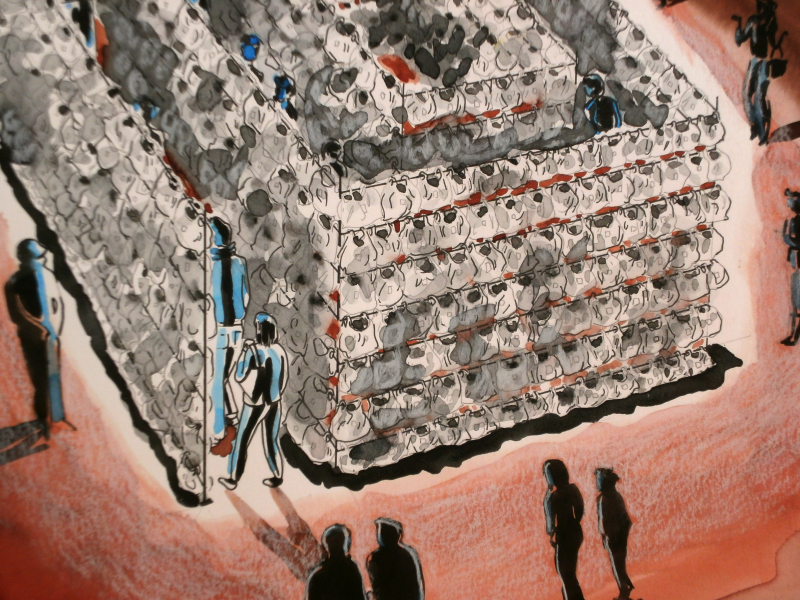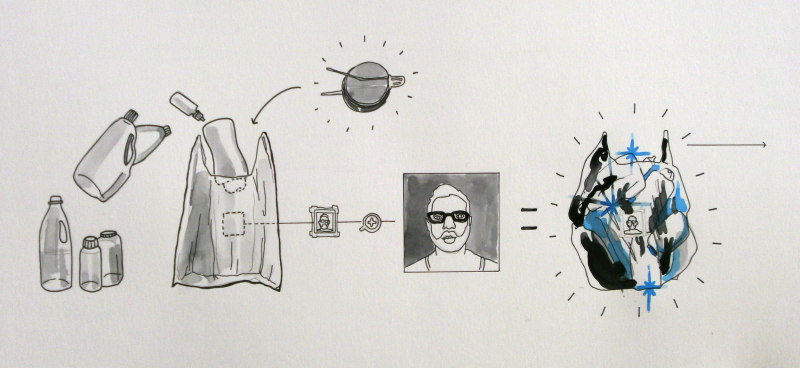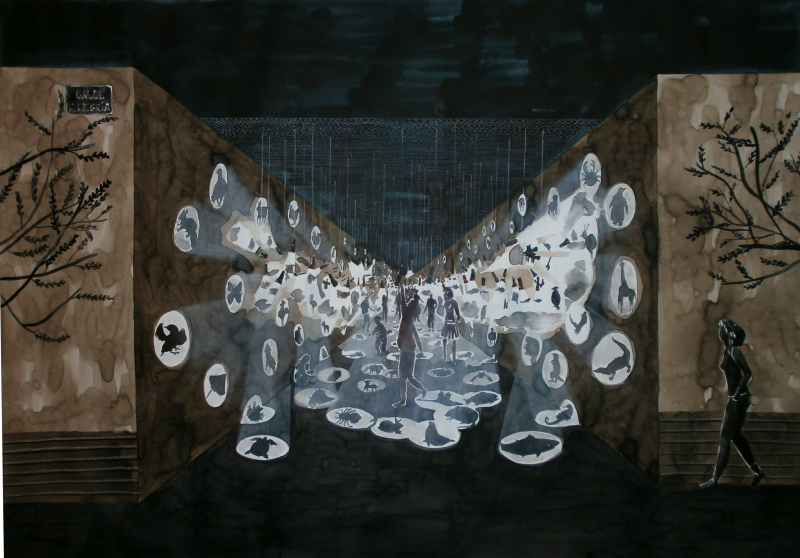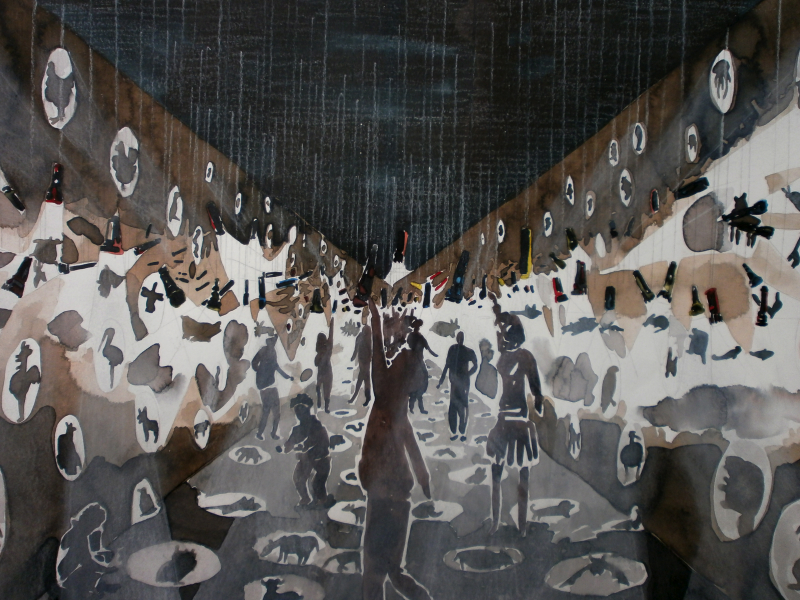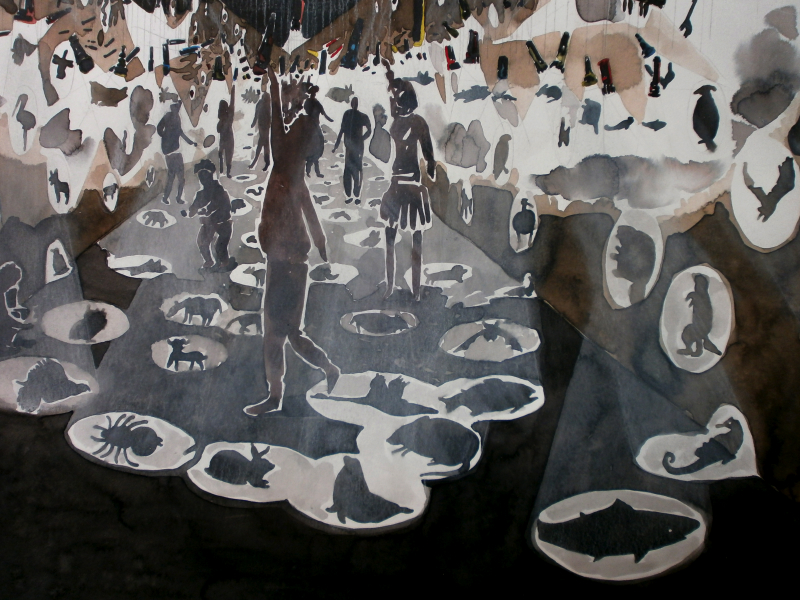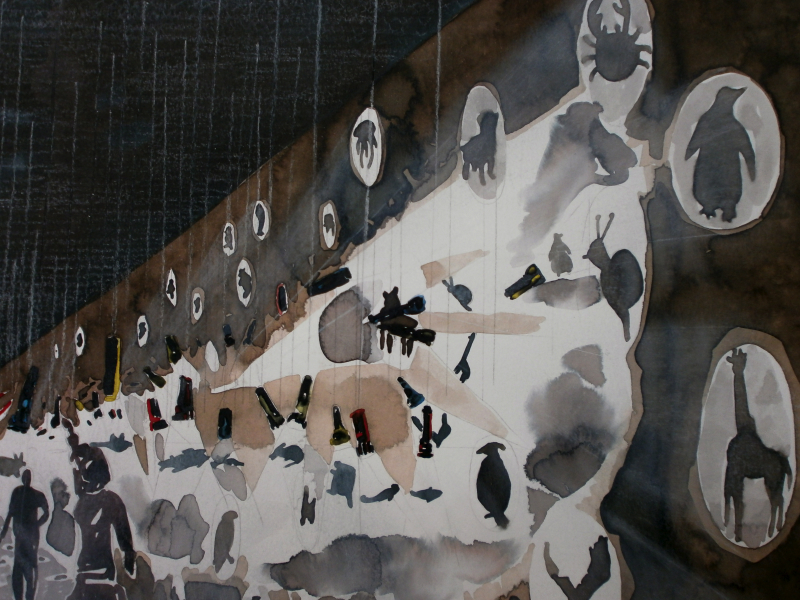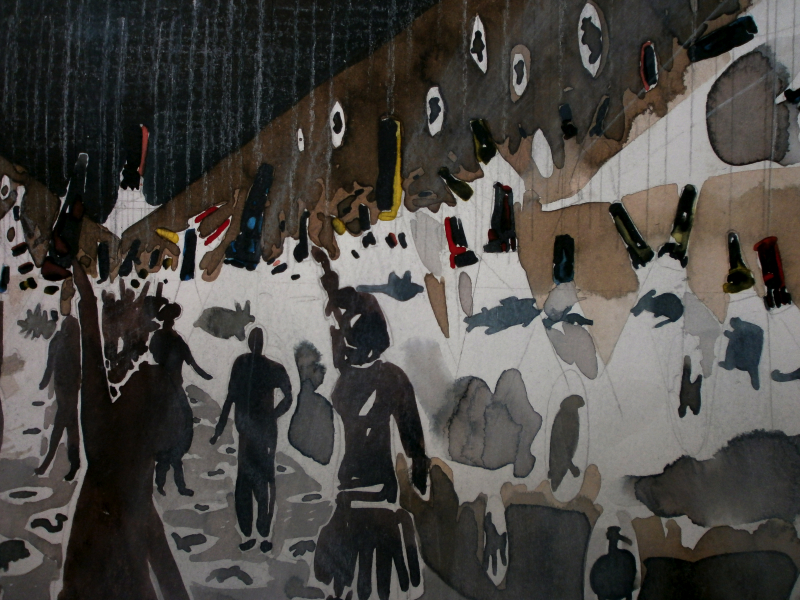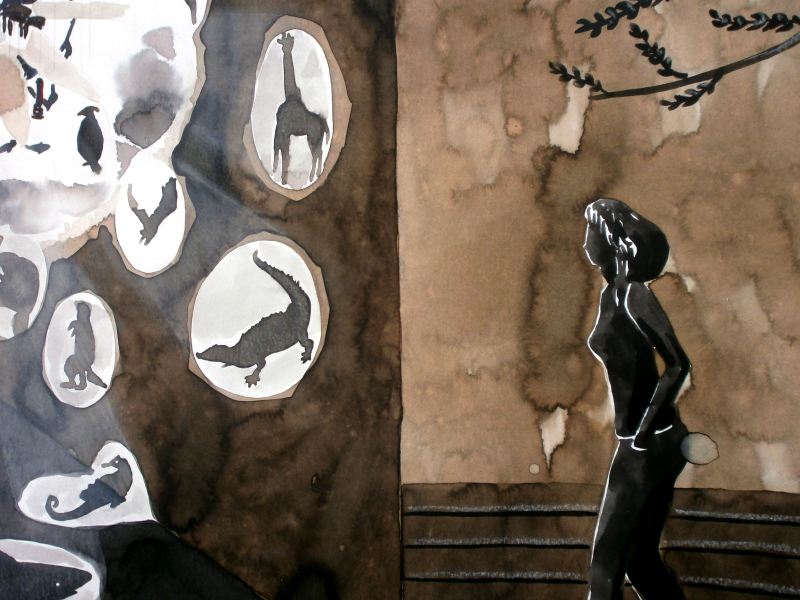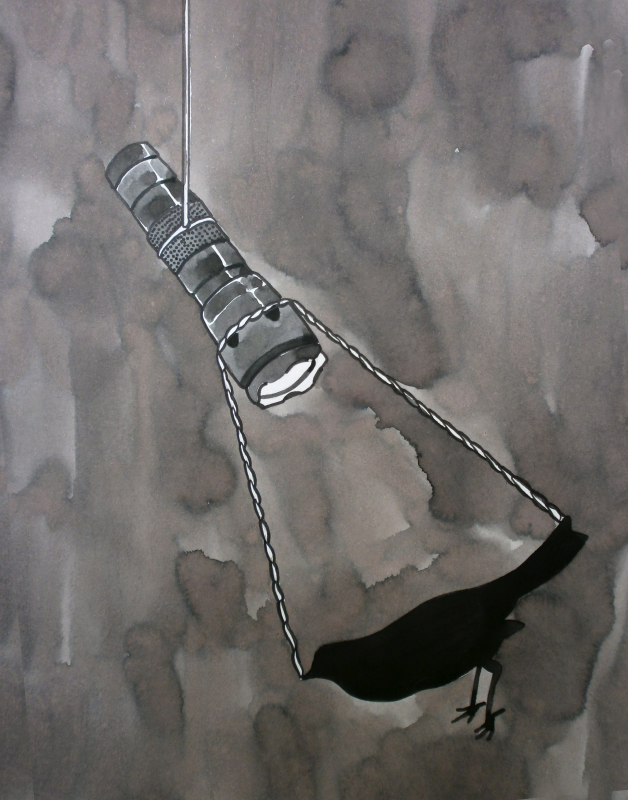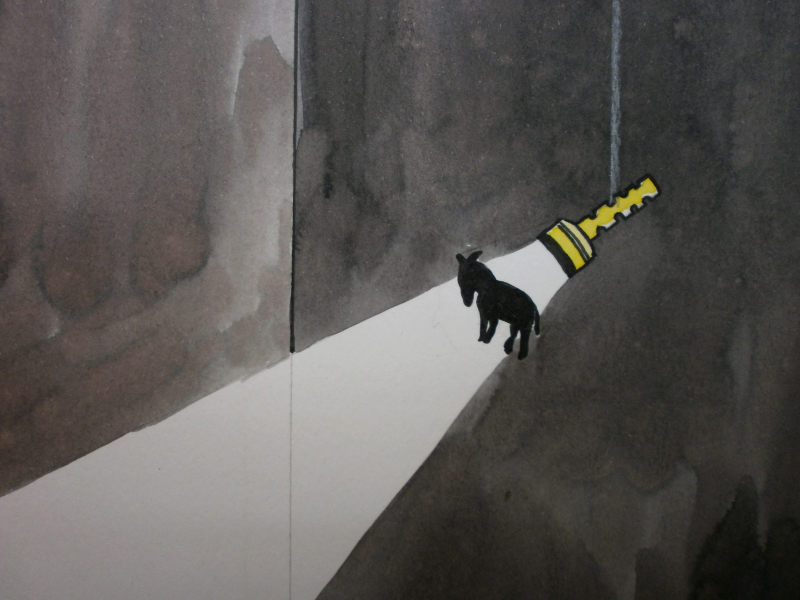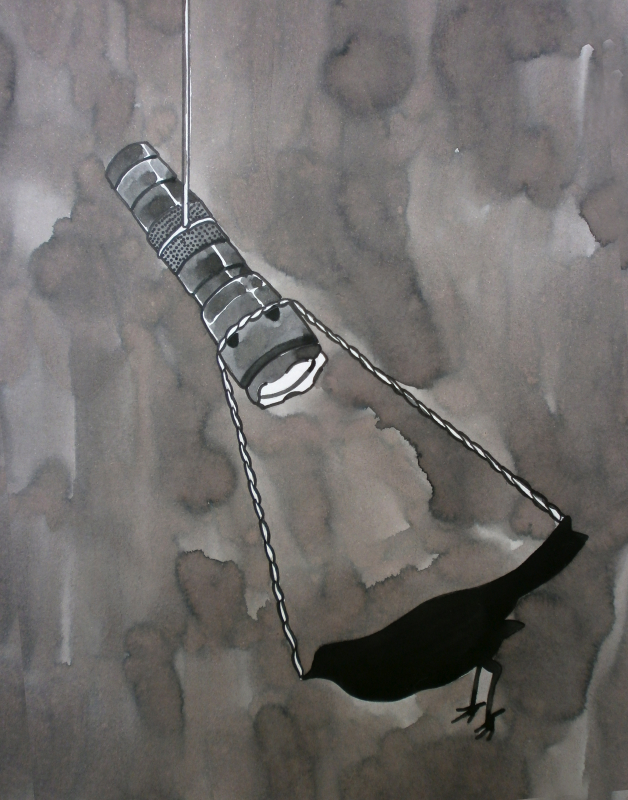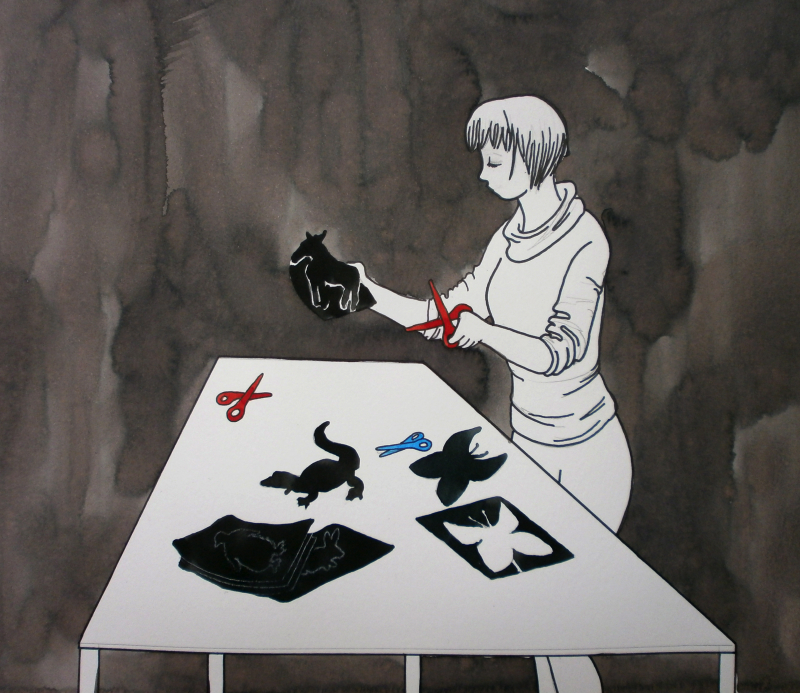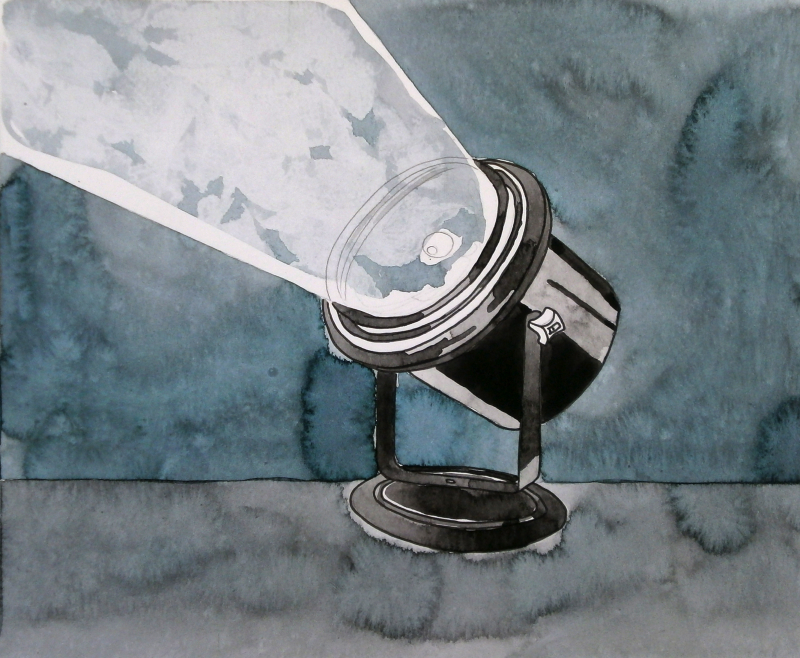1 febrero, 2014

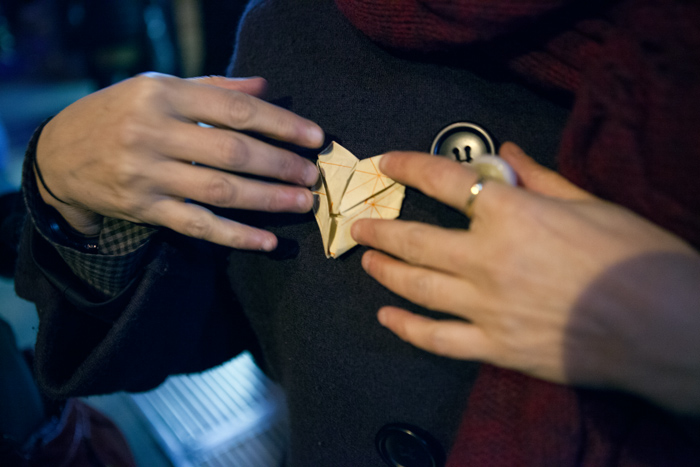
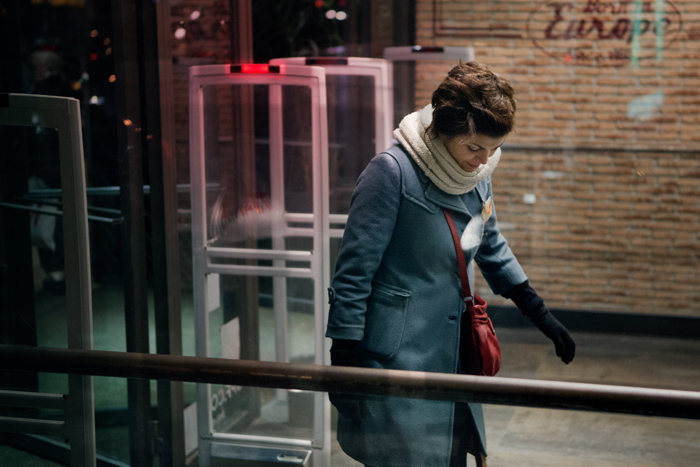
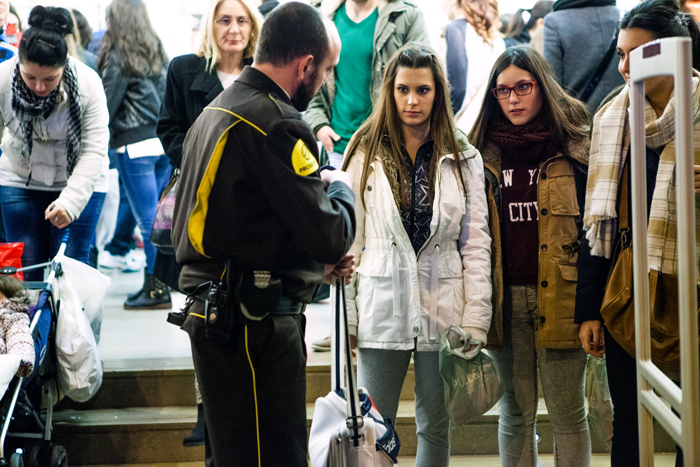


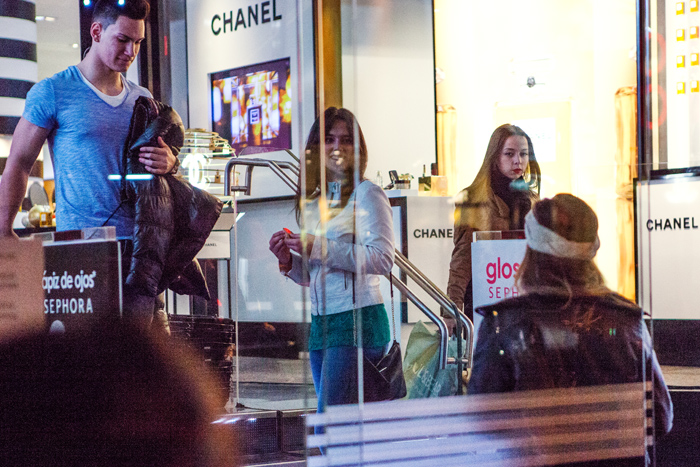


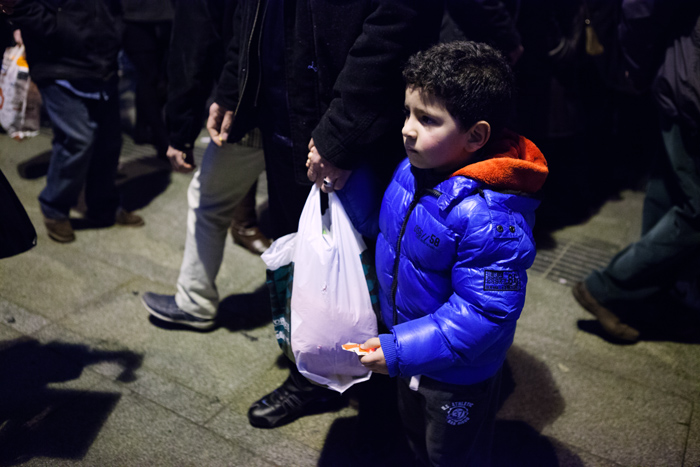
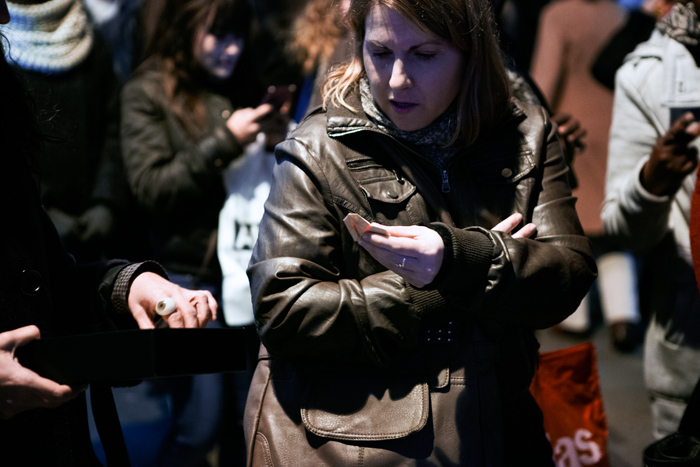




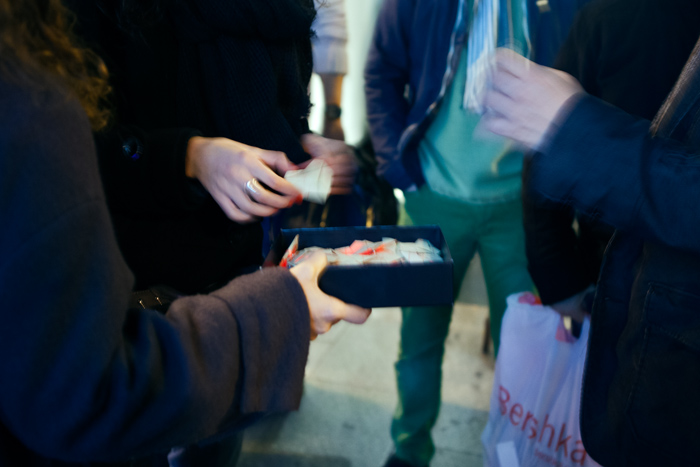
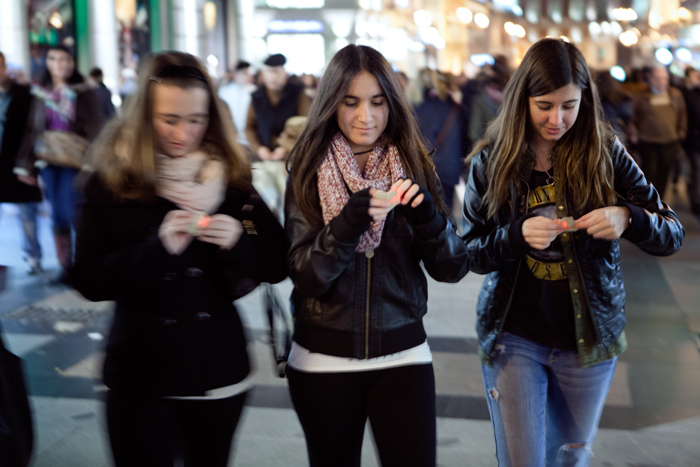
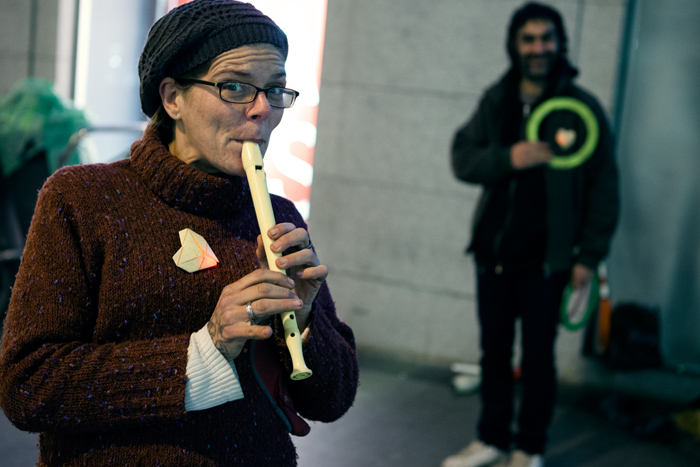
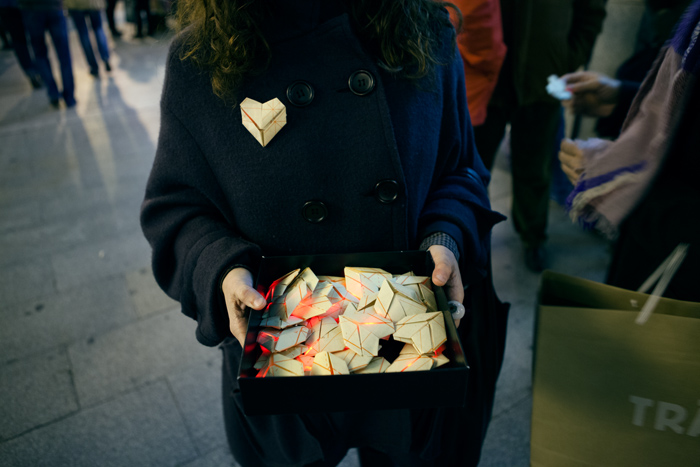
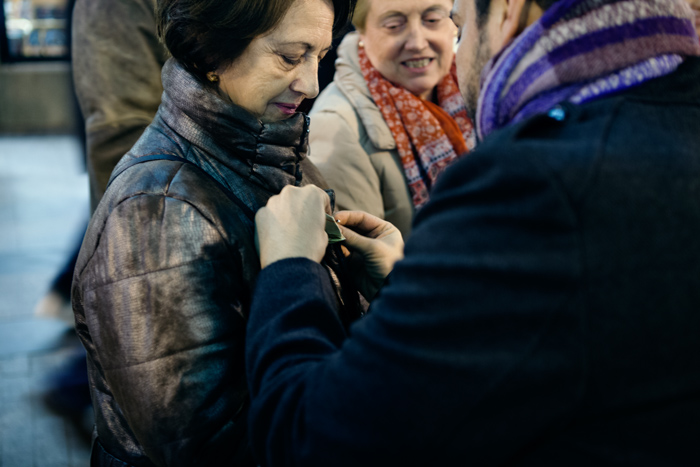

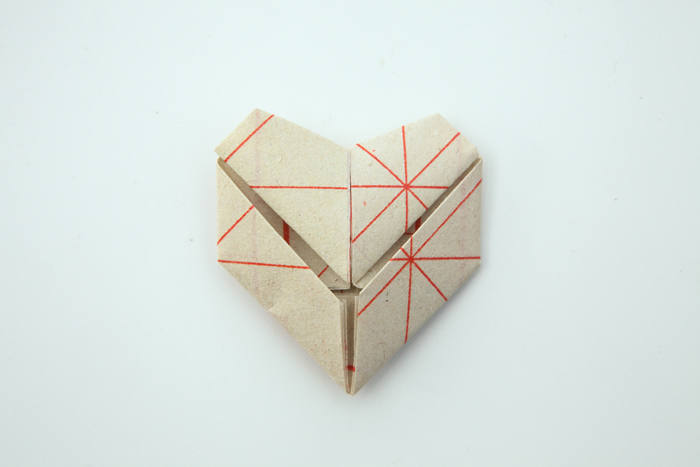
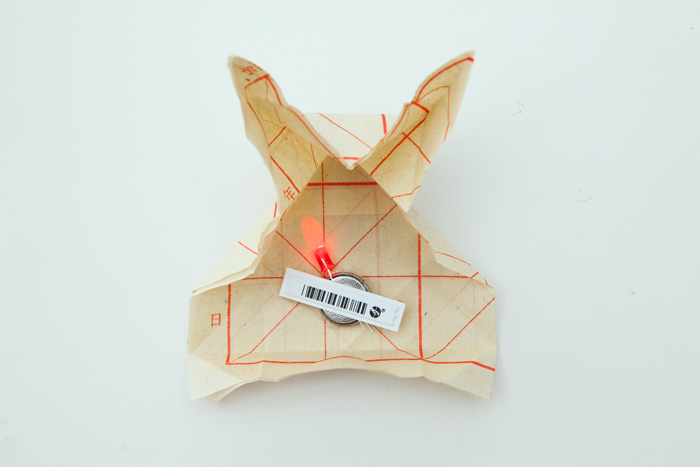
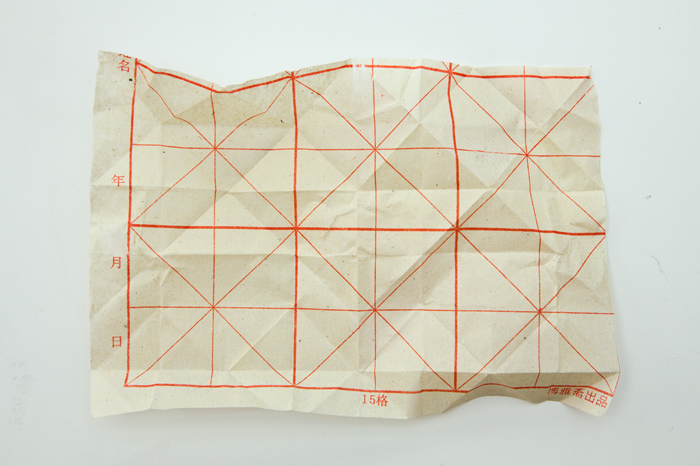

El primer día de las rebajas decidimos hacer una campaña luminosa contra las franquicias y los centros comerciales que abarrotan las calles principales de Madrid, convirtiendo nuestro paisaje urbano madrileño en exactamente el mismo que se puede encontrar en cualquier capital del mundo, donde reina la feliz globalización tan del gusto del turista que quiere desplazarse a los confines del mundo pero sin renuncia a tomares el café en su cadena de establecimientos favorita.
En la Gran Vía, una de las zonas de mayor comercio de la capital, de los 198 locales comerciales, 25 tienen la persiana echada y apenas queda una docena de tiendas de toda la vida. El porcentaje de establecimientos cerrados ha pasado del 6% al 12% en un año. Los comerciantes de la céntrica avenida huyen por el alto precio del metro cuadrado y la liberalización de horarios, que beneficia a las grandes superficies. Empresarios, urbanistas y arquitectos lamentan: «La Gran Vía ha perdido su personalidad, ya no se diferencia de cualquier centro comercial de la periferia». Entre los comercios cerrados, hay tiendas que llevaban abiertas desde mediados del siglo XX.
Y en ese contexto decidimos intervenir, armándonos con 250 corazones de papel, fabricados con nuestras propias manos, siguiendo un fantástico patrón de origami, apropiado para ocultar nuestra carga subversiva.
Y es que dentro de todos ellos metimos, además de nuestras acostumbradas luces, esta vez rojas y parpadeantes, una etiqueta magnética de las que pitan cuando pasas por los detectores de seguridad.
Con tan inofensivos y preciosos corazones, convertidos en broches, nos personamos en la referida zona comercial el primer día de las rebajas, con las calles abarrotadas de gente a la caza de ese auténtico chollo, que hasta ese momento no sabíamos que era imprescindible en nuestras vidas.
Llegamos nada más hacerse de noche y empezamos a repartir «inofensivos» corazones entre los estresados compradores, que los aceptaban gustosos después de contarles que era una acción solidaria promovida por los pequeños comerciantes de la zona para concienciar a los compradores sobre el peligro de extinción que corrían las tiendas familiares.
Les advertimos que no debían entrar en las grandes cadenas comerciales por todo lo dicho anteriormente, y muchos nos aseguraban que así lo harían, pero desde luego la mayoría sí que entró, ya que a los 2 minutos de empezar a repartir nuestros obsequios, ya estábamos escuchando el estridente sonido de las alarmas que iban saltando estridentemente, en casi todas las tiendas de la calle Preciados y Gran Vía.
Se generó gran confusión y los guardias de seguridad tuvieron bastante trabajo revisando bolsos y detectando la misteriosa causa de hacía saltaran las alarmas.
Al cabo de un rato la gente con corazones, empezó a entrar y salir de las tiendas libremente, aunque los vigilantes sabían donde estaban las alarmas no podían hacer que la gente se los quitara. Buen momento hubiera sido para haberse llevado ese objeto tan deseado que se nos salía de presupuesto…
Nuestra intervención se llamó Corazones de papel anti franquicia y tuvo lugar el 7 de enero, día en que se inauguraban oficialmente las rebajas en Madrid.
Gracias a Alex y a Diana por ayudarnos con el reparto de corazones, desde luego ellos tenían más gracia que nosotros haciendo de cebo para compradores.
Las fotos que documentan la acción, bastante difícil de conseguir esta vez, son como siempre de Gustavo Sanabria.
Tiempo de montaje: 10 horas.
Daños ocasionados: 0.
Permanencia de la intervención: ¿? .
———————————————————-
The first day of the sales we decided to launch a luminous campaign against the franchises and shopping centers that are crammed into the main streets of Madrid, converting Madrid’s urban landscape into exactly the same as can be found in any capital city in the world, where happy globalization reigns, much to the delight of the tourists who want to travel to the far corners of the world without giving up the opportunity to have a coffee in their favorite establishment.
Along Gran Via, one of the largest commercial areas in the capital, of the 198 commercial premises, 25 of them have the shutters lowered and there are hardly a dozen shops that we grew up with left. The percentage of closed shops has risen from 6% to 12% in a year. The merchants of the central thoroughfare are fleeing because of the high price per square meter and the liberalization of shopping hours, which benefit the larger shops. Entrepreneurs, town planners and architects lament: «Gran Via has lost its personality, it can no longer be differentiated from any other commercial center on the periphery». Among the closed businesses, there are shops that had been open since the mid-twentieth century.
And in that context we decided to intervene, arming ourselves with 250 paper hearts, manufactured by our own hand, following a fantastic origami pattern, perfectly suited to hide our subversive cargo.
And within all of them we put, in addition to our usual lights, this time red and flashing, a magnetic tag of the type that beeps when you pass through the security detectors.
With such harmless and beautiful hearts, converted into brooches, we went out into the referred to shopping area on the first day of the sales, with the streets crowded with people on the hunt for that authentic bargain, that we didn’t know was essential to our lives until now.
We arrived just as night fell and started handing out our «harmless» hearts to the stressed shoppers, who gladly accepted them after being told that it was a solidarity action promoted by the small merchants in the area to raise the awareness of the shoppers on the danger of extinction that family shops are running.
We warned them that they should not enter the large retail chains because of what has been said above, and many assured us that they would not, but of course the majority entered, within 2 minutes of beginning to hand out our gifts, we could hear the shrill sound of the alarms that were stridently going off, in almost all the shops along Calle Preciados and Gran Via.
It generated a lot of confusion and the security guards were kept quite busy checking bags and detecting the mysterious cause of the tripped alarms..
After a while the people wearing the hearts, began to enter and exit the shops freely, although the guards knew what was causing the alarms to go off they could not make people take them off. It would have been a good time to make off with that much desired object so that was beyond the budget …
Our intervention was called Anti-franchise paper hearts and took place on January 7th, the day that the sales officially started in Madrid.
Thanks to Alex and Diana for helping us with the distribution of hearts, of course they had more fun than us attracting shoppers.
The photos which document the action, quite difficult to take this time, are, as always by Gustavo Sanabria.
Time of installation: 10 hours
Damages: none.
Exhibition time: ¿?
